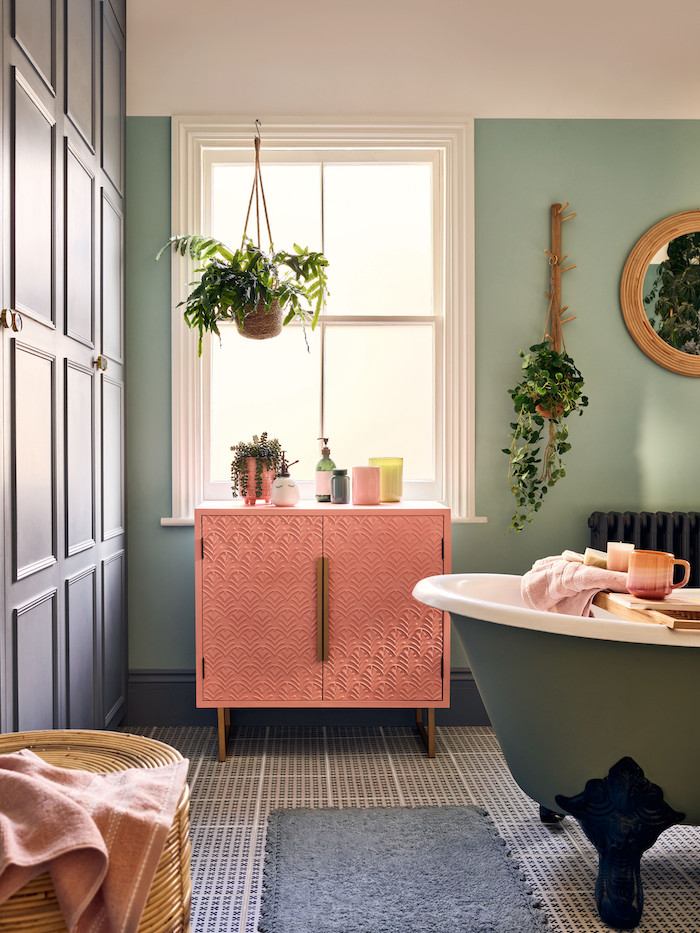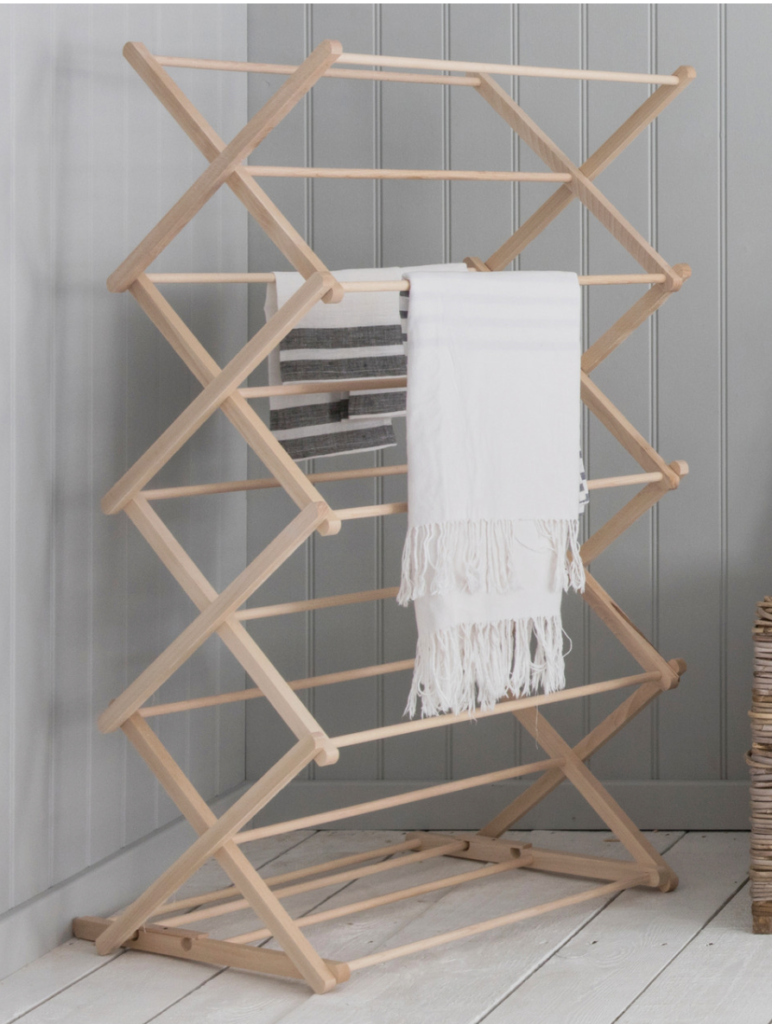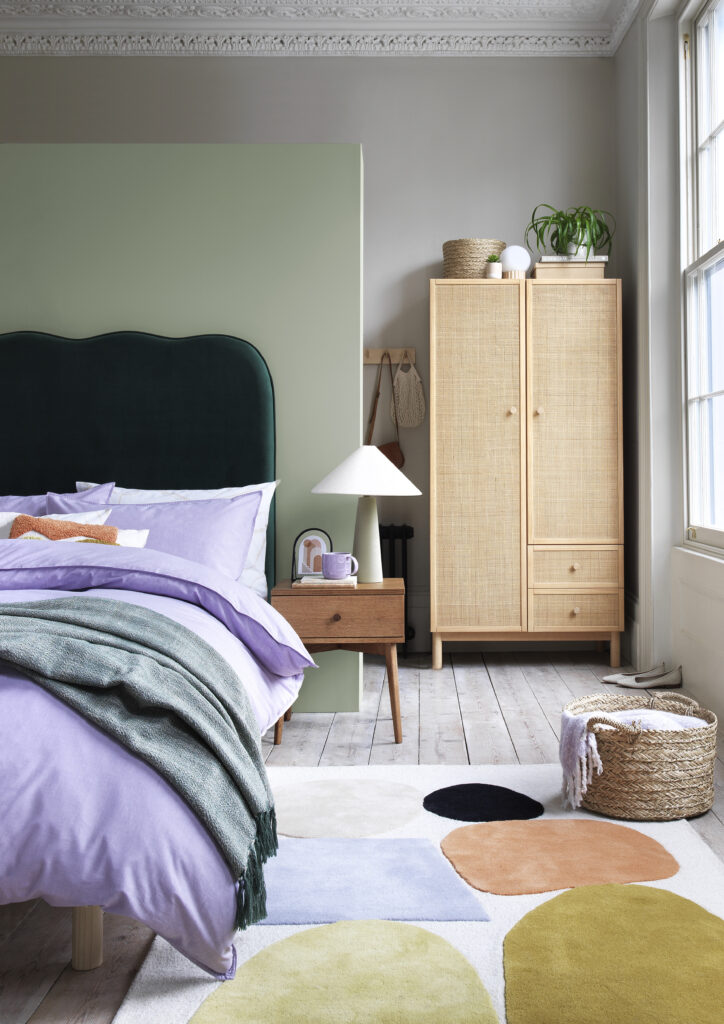Here’s my foolproof guide to prevent mould ruining your home and your health!
Mould is the unwelcome guest that no one wants in their home. Not only is it unsightly, but it can also lead to serious health issues such as respiratory infections, skin irritations, and more. This is why it is important to prevent mould appearing in our homes.
Read on to discover the common culprits behind mould growth in your house, and the simple solutions to banish it forever from your home.
DISCOVER MORE ABOUT MAXINE:
Maxine Brady is an award winning interior stylist in London. Based in Brighton, she has 25 years experience styling homes and interiors for magazines, brands and TV shows across London, the UK and internationally. Contact Maxine Brady for your next interior styling project. View My Latest Styling Projects & my professional interior styling Portfolio Follow Maxine Brady Styling on Instagram 53K followers and Tiktok Listen to Maxine’s Interior s Podcast: How to Home
10 Reasons Why Your House Might Have Mould & What you can do about it

Don’t let mould ruin your beautiful home especially if you live in a period property
1. Prevention is better than a cure
When it comes to your home, it’s is better to prevent mould rather than deal with the issue once it has taken hold of your floors, walls and ceilings. Rule one: please don’t ignore mouldy patches on your walls or ceilings. Even if they’re not currently posing a health threat, they’re increasing the spores in your air, encouraging more mould to take hold on any hospitable surfaces.
Sometimes the mould isn’t visible because it is inside the fabric of the building, such as in cavities, or behind heavy furniture. If you can smell damp, there is definitely a damp problem, even if it has not appeared on the interior surfaces…yet!
SOLUTION: The first step to prevent mould appearing in your house is to conduct regular mould test and seek help from a reliable professional. Cleaning mould and repainting won’t make it go away for ever. You need to address what is causing it to flourish in certain areas. It could be one or a collection of factors that are tipping the moisture balance unfavourably. And mould test will give your more information to help you tackle this issue, and it will help you come up with a plan.

Insulate your windows to prevent mould especially in steamy rooms like bathroom
2. Condensation On Windows
If you have ever notice water droplets forming on your windows during colder months, then you may have a mould-related problem. The water is called condensation, and it’s a prime breeding ground for mould. In the winter, my sash windows used to run with water and I used a handy tool to mop up the water before my wooden windows rotted and mould appeared.
SOLUTION: Adding insulation to your windows will reduce the amount of cold surfaces for water vapour to condense on. I love Chimney Sheep wool sticky insulation tape that stops window and door draughts, and help you prevent mould taking over your home.
I restored my sash windows which you can read about here.

Make sure your kitchen is well ventilated to prevent mould appearing
3. Lack of Ventilation
Managing your home’s air flow is important when trying to improve the energy efficiency of your home and prevent mould. Without proper airflow, moisture hangs around, inviting mould spores to make themselves at home. But you also don’t want the air exchange between indoors and outdoors to be too high because then you have to heat fresh air constantly to keep your home warm. This is why you need to research a good ventilation system, and that can be a fan, vent, dehumidifier or an air conditioning unit – all of which are key to preventing mould growth.
SOLUTION: Fitting trickle vents above windows will supply you with a small, steady stream of fresh air. Extractor fans also are effective for really damp rooms like bathrooms and kitchens. Look for vents that have a backdraught shutter that closes when the fan is not in use. You could invest in ‘Smart Vents’ that have sensors that switch on when humidity reaches levels that enable mould to grow. They’re energy efficient, recovering 86% of the heat from the outgoing air, and allow your windows stay condensation-free. Single units retail at £286. For more home energy saving tips click here.

Make regular checks on your home’s exterior for cracks that can let water into your home
4. Look for Structural issues
Making sure your home has a sound structure is very important to prevent mould. Check your external brickwork to make sure there are no cracks or missing pointing. Why? Well, one of the main pathways of moisture into the building fabric is if the mortar joints are damaged or eroded. And moisture can lead to damp which can lead to mould.
Faulty guttering is another potential culprit, causing external walls to become saturated with water which can seep into through hairline cracks. There is also a slim chance that damp might be rising from the ground up the walls, which usually creates a tell-tale water mark around the damp patch. Regular gutter cleaning can help avoid these issues.
Leaking internal plumbing pipes are an open invitation for mould in our homes as well. They quietly drip away, creating hidden pockets of dampness perfect for mould to thrive. And damage roofs that allow water can be a ticking time bomb for mould and damp.
SOLUTION: Give the outside of your house a good review and check for cracks. Inside, keep an eye out for telltale damp stains on walls and ceilings. Go up in your attic and check your roof to make sure it isn’t leaking. And make sure all your pipework in your home is in tip-top shape.
You could try a one of the many mould paints on the market. When it comes to anti-mould paints, they don’t stop your home feeling damp and moist but they will prevents the build up of mould. Remember: Anti-mould paints should only be used after you have sorted out the cause of the mould!

Avoid drying your clothes inside to stop mould spreading to your walls and carpets
5. Drying Laundry Inside
Drying clothes indoors might seem like a good idea when it is raining outside but it is one of the main causes of mould. Drying clothes inside will pump moisture into the air which mould thrives on. Without proper airflow, mould can take hold in fabrics, carpets, and walls.
SOLUTION: Dehumidifiers is ideal for when you are drying clothes inside. Switch one on for a couple of hours when your laundry is hanging out to dry and not only will your clothes dry quicker, then won’t have that awful smell that you can get from drying clothes inside. Lakeland sell a heated drying clothing rack, £44.99, which is a nifty solution for homes without an outdoor space. Always make sure your laundry is thoroughly dry before putting it away to avoid it getting mouldy in your wardrobe.
6. Warm Up Cold homes
Cold houses will be more likely to have condensation which will result in mould on window frames and walls. When the air is warmer, its capacity to hold moisture increases but when it’s cooler the moisture has to find other places to hold on to. Plus the cold walls will become even colder, inviting more water to condense on them.
SOLUTION: Keep your heating turned on longer at a lower level during the colder months to make sure that your home stays cosy and mould free.

Certain plants will help you banish mould from your home
7. Banish High Humidity
Mould loves moisture and it thrives in areas of our home with high humidity. Daily activities like cooking, showering, or using steam-producing appliances can up the humidity levels.
SOLUTION: And what about using the power of plants? Spider plants, orchids and leafy palms can all help to remove mould spores in the home. From the bathroom to the kitchen, any room that suffers with humidity, damp, mildew or mould could benefit from one of these clever houseplants.

Let light into dark corners of your home like wardrobes or cupboards
8. Embrace the Light
Mould thrives in dark corners of your home. When your wardrobes are bursting full, air can struggle to circulate making them mould hot-spots. Especially if your wardrobes are fitted against a cold wall, where damp can cause your clothes and shoes to get mouldy and smell bad too. Kitchen cupboards are also prone to mould too.
SOLUTION: Sunlight, with its natural antibacterial properties, can be a powerful ally. Let daylight into your space by opening curtains, blinds, or windows to keep those mould spores at bay. Leave doors to dark cupboards open for the day to allow them to ventilate. Or you can do what I have done and invest in mini damp traps that collect moisture in dark spaces, allowing you to prevent mould taking a vice grip hold of your home.
And if all else fails…
Don’t let mould wreak havoc on your home and health. Stay vigilant, stay clean, and keep mould at bay. If you are struggling to keep on top of your mould issues, it’s best to call in the pros. Qualified professionals can assess the situation and safely remove any mould, ensuring your space stays healthy and inviting for all who enter.
And remember, it’s better to prevent mould starting in the first place, than dealing with it once it appears!
Images care of: Habitat | Quorn Stone | DFS | Homesense | Ivy Line
